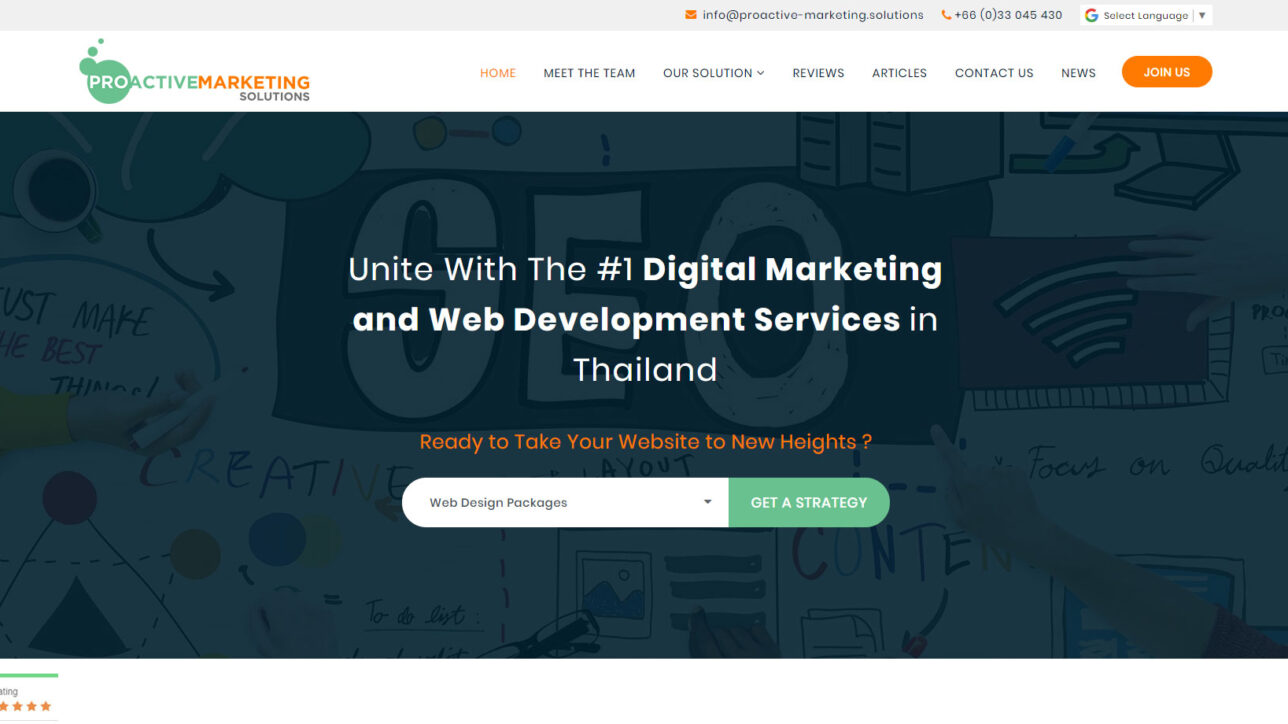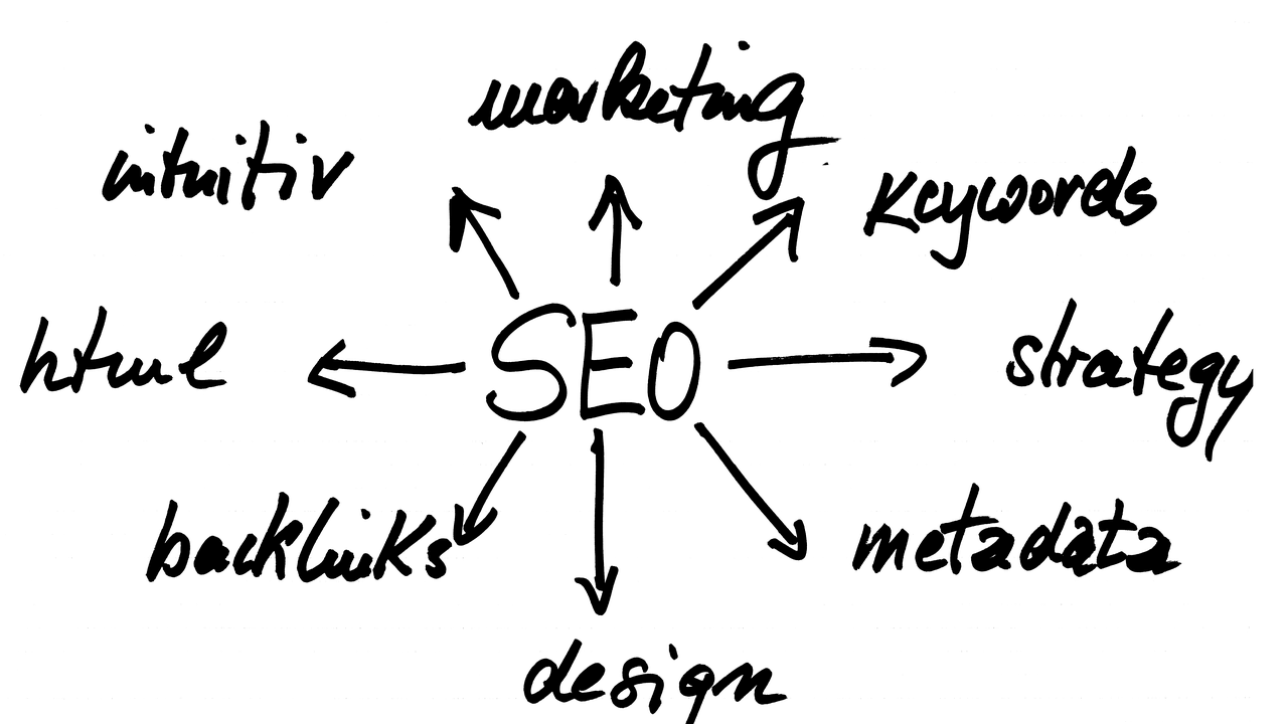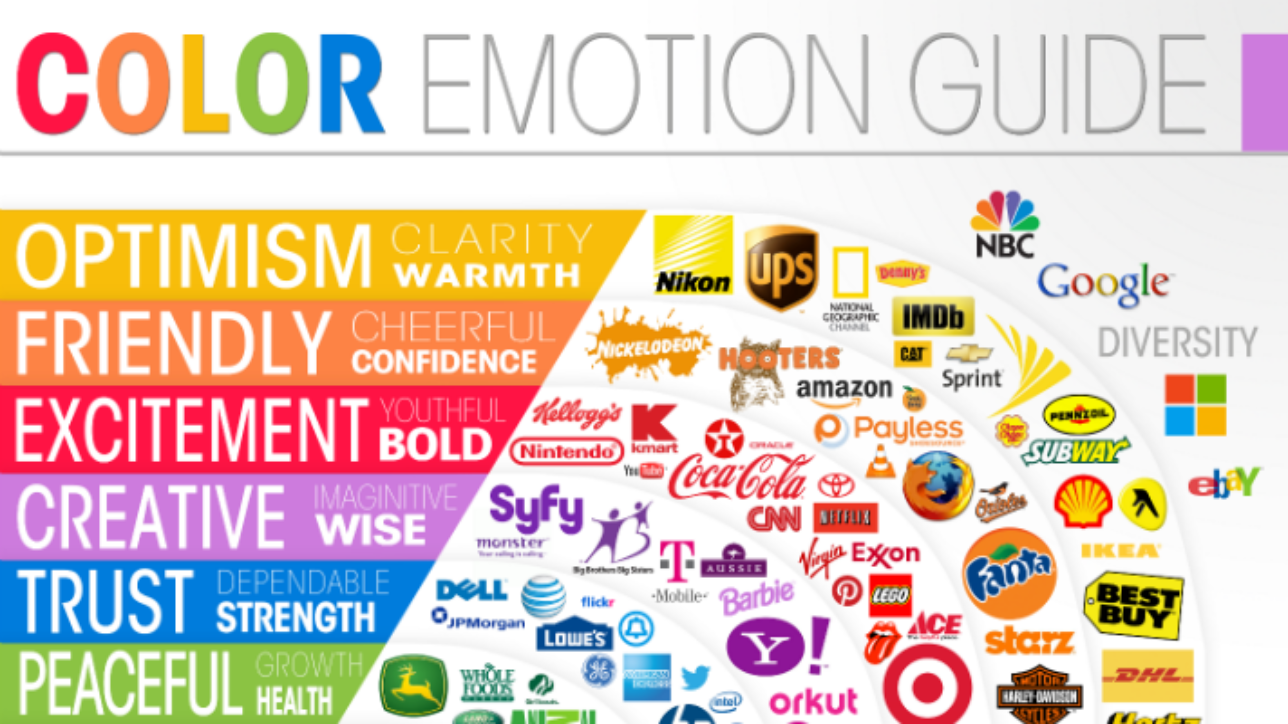This month, Proactive’s New Look Website was launched
Google and other such search engines like to keep us website owners on our toes. They change their expectations which impact businesses around the world.
We would like to share a brief insight into what changes we have made and show you Proactive’s New Look Website. At Proactive Marketing Solutions we respond in the best possible of way by accepting the changes, we evaluated where we were and what changes we needed to implement. As a marketing agency we need to lead by example with our thinking and ability to be dynamic and creative.
Meet the team
But before we go any further let’s do the polite thing and introduce ourselves properly…
We would like to say a huge hello to those of you who are unfamiliar with our work at Proactive Marketing Solutions. We are a small, dedicated and hard-working team of marketers that are excited to launch our user-friendly New Look Website. Click here to see for yourself.
Let’s start with Owen, he is our managing director, he has a wealth of knowledge about so many subjects, but specifically with WordPress and HTML. He will advise and guide you through your journey with Proactive Marketing Solutions and ensure you are getting 100% out of your budget and goals.
Up next is me, Keala, I am Proactive’s Social media Manager and I am responsible for creating and finding content that is useful to the public.
Ok, so that’s a tiny bit about our team– we would love to meet you!
And for all the people who already know us, hello, welcome back.
Let’s look at what we have changed and why
As digital marketers we advise our clients on the importance of making websites mobile friendly to improve elements such as accessibility and search engine ranking. So, what we did was follow our own advice, by ensuring our website translates well. We are proud to say we’ve done it. Many website users might wonder why we often tweak our sites and make changes. Businesses do this because technology is always changing, and algorithms get updated. This can mean websites can soon quickly become out of date. Here at Proactive our team aren’t afraid of change, in fact it keeps us focused.
We’ve been thinking about User Experience
We have also introduced a quick drop-down selection tool on our homepage. It offers speedy results, so you can find a solution to your website dilemmas in a matter of seconds. We love this tool because it works with the notion that website visitors won’t stick around for much time, therefore we want to help you find what you are looking for, quickly. This notion is all about user experience and is another key point we like to discuss with our clients. Visit us to see you our selection tool can quickly point you in the direction of improving your website.

Vital Website Security updates
You will notice that our website now includes a page about security and privacy. Security plays an important role with our website ranking and the way our data is used across the internet. Our website is now protected and encrypted for the better as we have switched to HTTPS from HTTP. You will find essential information about SSL Security certificates, Site Lock and Codeguard on our site. SSL Security certificates Link.
Our fresh new approach
All in all our new look website has a streamline fresh feel that won’t leave you feeling confused. It will encourage you to browse and explore at your own pace.
we would like to hear from you if you do have any questions that haven’t been addressed on our site.

Say hello…
We offer a range of ways to get in contact from email [email protected] to messenger and Line.
http://63.250.32.179/~pmsadmin
















